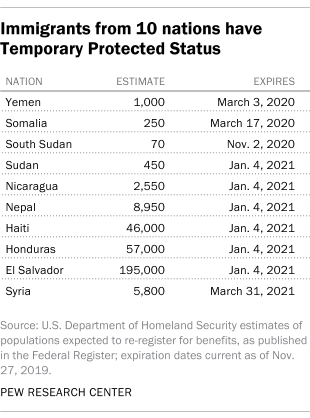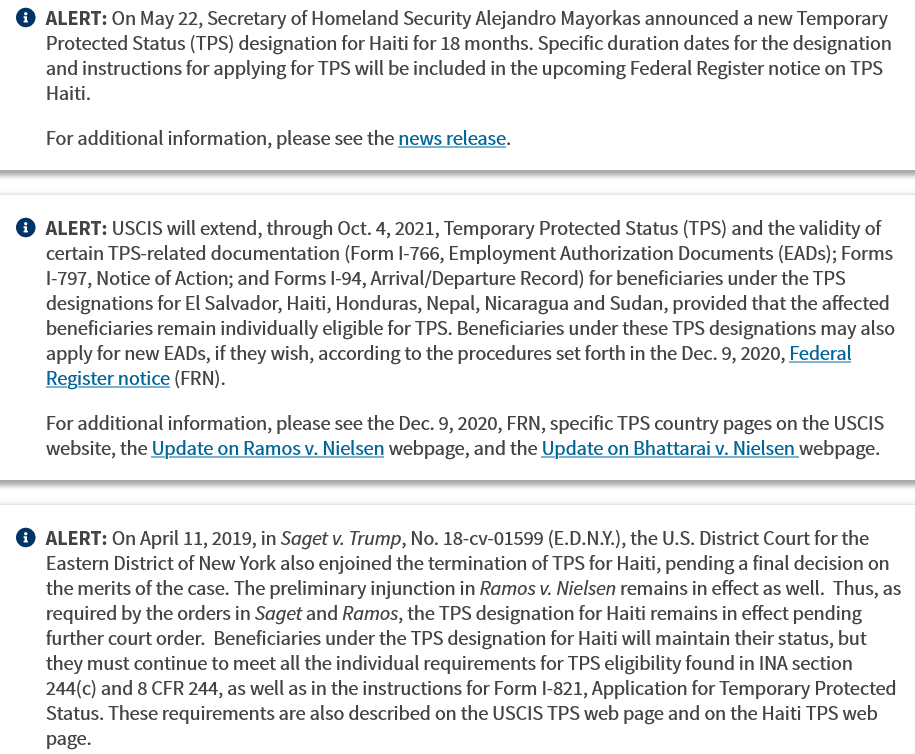Primer question: Will social media shut down this article? It has evidence and comes from renowned scientists including at MIT.
Back in early 2020, during the middle of the nationwide lockdown, this site published two items, here and here regarding the Wuhan Institute of Virology and that bats were in fact at the center of the cause of the pandemic.
Recently, former President Trump told media that the United States should demand at least $10 trillion from China due to the various forms of destruction and death by China. He is right. Frankly, the United States should declare all the debt load that China carries in the form of loans for the United States paid in full. Further, President Trump was exactly right to defund the World Health Organization and in fact it should be criminally charged for death and destruction.
*** The WIV had been genetically sequencing the mine virus in 2017 and 2018, analyzing it in a way they had done in the past with other viruses in preparation for running experiments with them.
For years, concerned scientists have warned that this type of pathogen research was going to trigger a pandemic. Foremost among them was Harvard epidemiologist Marc Lipsitch, who founded the Cambridge Working Group in 2014 to lobby against these experiments. In a series of policy papers, op-eds, and scientific forums, he pointed out that accidents involving deadly pathogens occurred more than twice a week in U.S. labs, and estimated that just 10 labs performing gain-of-function research over a 10-year period would run a nearly 20 percent risk of an accidental release. In 2018, he argued that such a release could “lead to global spread of a virulent virus, a biosafety incident on a scale never before seen.”
Thanks in part to the Cambridge Working Group, the federal government briefly instituted a moratorium on such research. By 2017, however, the ban was lifted and U.S. labs were at it again. Today, in the United States and across the globe, there are dozens of labs conducting experiments on a daily basis with the deadliest known pathogens. One of them is the Wuhan Institute of Virology. For more than a decade, its scientists have been discovering coronaviruses in bats in southern China and bringing them back to their lab in Wuhan. There, they mix genes from different strains of these novel viruses to test their infectivity in human cells and lab animals. source
Now we appear to have video evidence that came from an Australian media source.
As a reminder, the United States was not the only country that not only gave funding to ‘gain of function’ to the WIV but Australia did as well. More research paper summaries are surfacing as well as additional evidence that includes patent applications. The scientific theory now is that the WIV modeled the function of the virus to be more lethal in the transmission of human to human, altering it from animal to human.
So, where is Dr. Fauci on this? His emails did not include anything that resembled an inquiry of gain of function or bats.
 that is a bat hanging off the lab workers hat.
that is a bat hanging off the lab workers hat.
***
The Wuhan Institute of Virology (WIV) was found to have filed patents for “bat rearing cages” and “artificial breeding” systems in the months before the coronavirus first emerged last December. WIV has been subject to international scrutiny as it was known to have been carrying out experiments on bat coronaviruses – and is located just miles from Covid’s ground zero.
And the allegations continue despite the World Health Organisation appearing to exonerate the lab in its findings after a mission to Wuhan – which since been branded a “whitewash”.
The new revelations about the bat cages raises more questions about the work the Chinese scientists – lead by Dr Shi Zhengli, known as Batwoman – were doing in the months leading up to the pandemic.
It had previously been denied that WIV was keeping any live bats on site – but an online profile of the lab reportedly claimed it has capacity to keep 12 bat cages.
WIV scientists filed patents in June 2018 and October 2020 for the cages and methods for breeding of bats, which are believed to be the natural reservoir of Covid.
The first patent was filed for “bat rearing cages” which would be “‘capable of healthy growth and breeding under artificial conditions”, reports the Mail on Sunday.
And the second patent relates to a method of “artificially breeding” of wild bats, and in the document it describes bats being “artificially” infected with coronaviruses.
It explains it is hoped the breeding scheme will allow them to create a “brand-new model experimental animal for scientific research”.
The patents raise yet further questions about the work of the shadowy lab which has been accused by the US of having links to the Chinese military.
It comes as the White House said it has “deep concerns” that the Chinese government may have interfered with WHO’s investigation into the origins of Covid.WHO investigator Peter Daszak, who has longstanding links with WIV, had previously claimed no live bats were being kept by the lab.
Last April, he said: “All bats are released back to their cave site after sampling. It’s a conservation measure and is much safer in terms of disease spread than killing them or trying to keep them in a lab.”
In December, he appeared to repeat the claim by stating labs he had worked with “DO NOT have live or dead bats in them. There is no evidence anywhere that this happened”.
Daszak had been a member of the ten-person WHO team who swung its weight behind the Chinese government’s effort to deflect blame over the origins with the virus.
The team all but ruled out the lab leak, suggested the virus may have come from outside of China, and appeared to place their focus on claims the virus may have come from frozen food.And then just days later, WHO investigator Dominic Dwyer backtracked as he said it likely did start in China, and later claimed the Communist Party authorities refused to hand over raw data.
He said: “Why that doesn’t happen, I couldn’t comment. Whether it’s political or time or it’s difficult .
“But whether there are any other reasons why the data isn’t available, I don’t know. One would only speculate.”
The WHO mission was tightly controlled and stage managed by China – and even saw the scientists visits a propaganda museum celebrating Wuhan’s fight against Covid.
The organisation itself is also facing questions about how it handled the early days of the pandemic, being accused by former US President Donald Trump of being “China-centric”.






